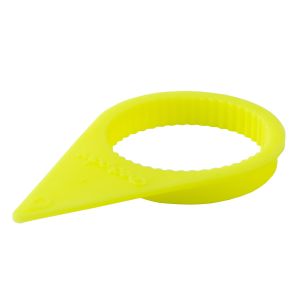Why use high temperature wheel nut indicators?
High Temp Wheel Nut Indicators
High temperature wheel nut indicators, also known as wheel nut heat indicators, are designed to provide a visual indication if a wheel's lug nuts or wheel studs reach a high temperature. Here are a few reasons why you might consider using high temperature wheel nut indicators:
Safety
High temperatures can indicate potential issues with the wheel, such as brake problems, bearing failure, or improper torque. By using wheel nut indicators, you can quickly identify and address these issues before they lead to catastrophic failures like wheel detachment or brake failure, which could result in accidents or loss of control.
Prevents wheel fires
Excessive heat in the wheel area can lead to fires due to factors like overheated brakes or bearing failures. Wheel nut indicators can serve as an early warning system, allowing you to detect rising temperatures and take prompt action to prevent a potential wheel fire.
Maintenance and inspection
Wheel nut indicators provide a convenient way to visually inspect the lug nuts or wheel studs without the need for specialized equipment. By regularly monitoring the indicators, you can identify loose or missing nuts, damaged studs, or other potential issues that require attention.
Compliance and regulations
In some industries or regions, the use of high temperature wheel nut indicators may be a legal requirement or part of industry safety regulations. By utilizing them, you ensure compliance and demonstrate your commitment to safety standards.


Cost-effective solution
Compared to the potential costs associated with accidents, injuries, or vehicle damage resulting from wheel-related failures, high temperature wheel nut indicators are relatively inexpensive. They provide an added layer of safety and can help prevent costly incidents and their subsequent consequences.
Remember, high temperature wheel nut indicators are not a substitute for regular wheel maintenance, inspections, or torque checks. They are designed to complement these practices and provide an additional level of safety assurance for wheel-related issues.












